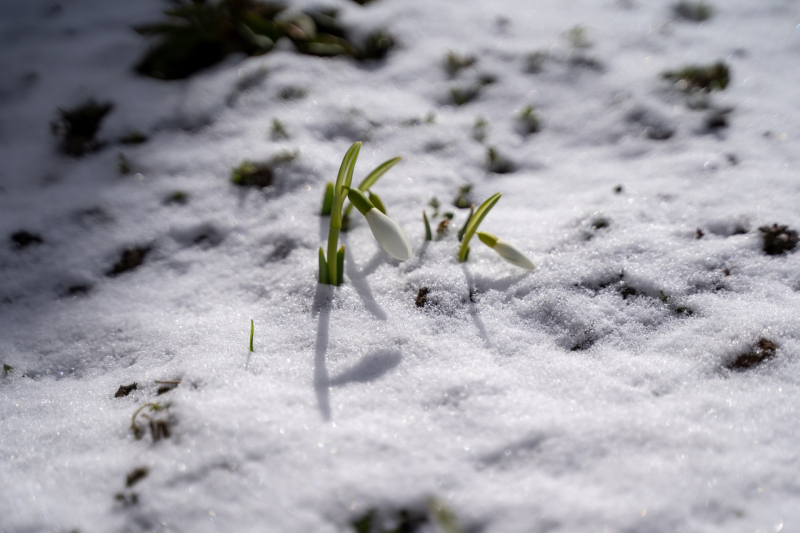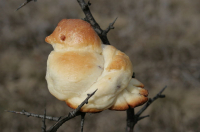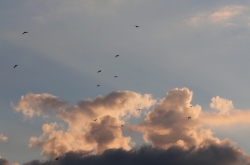Moreover, ancient Slavs had not one but three dates on which to greet spring. Like many holidays that go way back, their pagan roots got intertwined with Christian culture, so the mix is quite peculiar.
The first holiday, Avdotya Plyushchikha (the verb plyushchit’ means “to smash”; in this case, referring to the ice on rivers), also known as Avdotya Vesnovka (from vesna – “spring”), on March 1 began the series. According to the legend, Saint Avdotya had the keys to spring given to her by God (this might be a reinterpretation of the belief that cuckoos brought keys to spring to Perun, which we talked about here – Ed.), so she was in charge of saying goodbye to the winter season and establishing a warmer weather. To celebrate it, people went caroling.
The second important date, Zhavoronki (March 22), we have already covered in this story. To sum up, this holiday takes place around the spring equinox and celebrates larks, one of the first bird species to return from warm lands once the winter is gone.
The above-mentioned celebrations have already passed but don’t you worry – we still have a holiday to expect, and it used to be a huge one, signifying the ultimate end of cold. It is Blagoveshchenie, which will take place on April 7. That’s when, according to folk beliefs, all creatures – snakes, frogs, bugs – crawl out of their winter burrows and the warmer half of the year begins.
Given that this is the ultimate turning point of the year, there were many rituals related to it, such as singing special verses to greet the warmth, washing your face with thawed or spring water to get rid of all illnesses, and baking special goods, including bird-shaped buns, like on Zhavoronki – the specifics varied from region to region.
To learn more about spring-related folk beliefs, check out our recent article on birds, whose return signifies the return of warmth.




